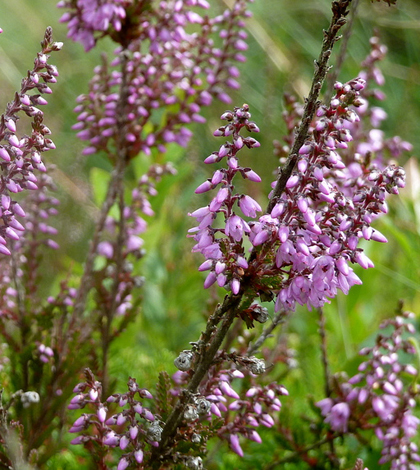Moorland plant carbon dioxide absorption changes based on climate

UK researchers experimented on moorland vegetation to mimic the possible effects of climate change on the plants for the first time, according to an English National Environment Research Council press release.
They found that different types of vegetation reacted differently to environmental changes. Experiments incorporated varying plant diversity and increased temperatures by 1 degree Celsius.
Carbon dioxide was absorbed from the atmosphere at a faster rate by heather, a flowering plant found in highland moors. Cotton grass, on the other hand, caused a decrease in carbon dioxide absorption rates and an increase in methane release during the experiment.
Researchers who participated in the study said that the results indicate that land management may soon need to factor plant diversity on the basis of carbon dioxide uptake properties in a changing climate.
Results of the study were published in the journal Ecology Letters.
Image: Moorland heather (Credit: Andrew Hiill, via Flickr)




0 comments